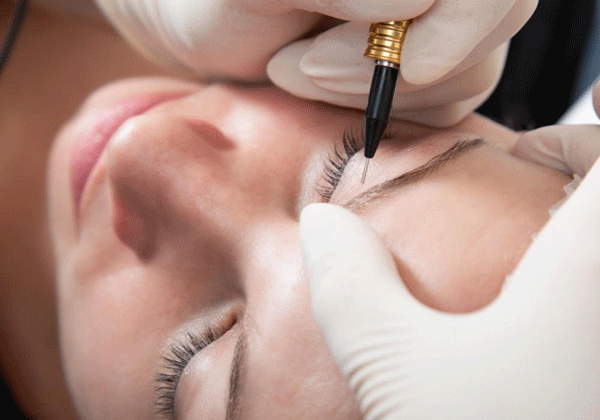The grey packaging and white-red labelling of Sudocrem don’t exactly have a ‘fancy beauty product’ selling point. Yet, this relatively cheap pot of water-proof cream paste is much more beneficial than a regular baby bum cream. Its antibacterial and anaesthetic properties can soothe even the most irritated skin, making Sudocrem a skin remedy with many unique benefits.
Since hitting the UK shelves in the 1970s, Sudocrem has become worldly known as a part of many mums’ first aid kits in terms of nappy rash. And even if you don’t have little ones in the house, it’s still worth checking on Sudocrem nappy cream. From healing acne to dealing with spots and fine lines, Sudocrem’s healing cream uses are limitless. Before we jump on to the many benefits of using this cream, let’s first see what it’s all about.
How Does Sudocrem Work?
Sudocrem is a medicated nappy rash cream that comes in the form of a heavy white paste. Its main ingredients are zinc oxide, lanolin and benzyl alcohol. Zinc oxide and lanolin have antibacterial and antifungal properties, known for improving various skin conditions. This makes the Sudocrem nappy cream perfect for stopping infections from spreading. The benzyl alcohol contains a mild anaesthetic to help take the pain away from ailments.
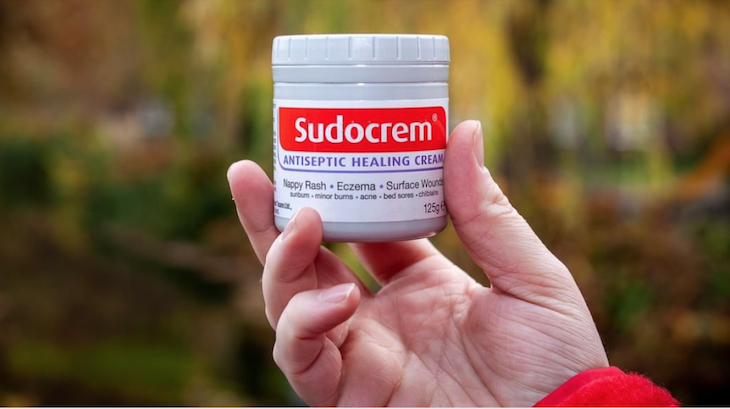
To get the most out of Sudocrem, you need to apply it to the affected skin area to create a protective barrier against possible infections while soothing the skin and numbing pain.
FAQ About Sudocrem
Is Sudocrem an Antiseptic Cream?
Yes. When we let excess moisture in the skin, it can harbour germs and create an infection. The protective, waxy emollients that Sudocrem is made of are water-resistant, meaning it won’t let excess moisture in as it hydrates the skin. This makes this white paste a little miracle hosting a variety of skin benefits for a cheap price point.
Can Sudocrem Be Used on Newborns?
Yes, it can. Sudocrem is a safe option that can be used on newborns. Yet, if you’re concerned about your bub’s sensitive skin, you should go for Sudocrem Care & Protect. This great tub contains a light and gentle ointment, a softer alternative to the white cream. It protects the skin from nappy rash causes while caring for and protecting your baby’s extra delicate skin. Sudocrem Care & Protect is also certified as hypoallergenic.
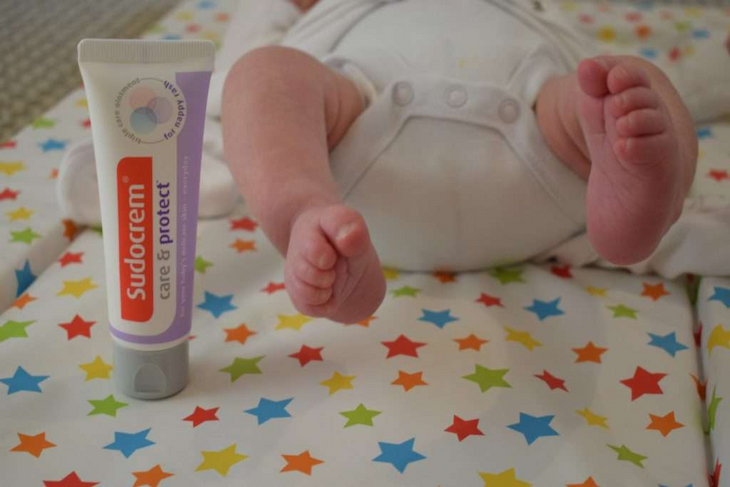
However, if your baby has sensitive skin, the best bet is to always ask your pharmacist or GP for advice before using a new product. The Sudocrem packages always present the complete list of ingredients, so make sure to check them out if you recognise something you think your baby’s skin might react to.
Can You Apply Sudocrem to an Open Wound?
Yes, it’s safe to put Sudocrem on an open wound in minor cuts, scratches, and burns. It can be a great fix and work as a brilliant barrier against any possible bacteria. However, you should call or see your medical provider for deep cuts and bigger wounds. While Sudocrem can soothe wounds, include your common sense and ensure you don’t rely solely on it for larger gashes.
Should You Rub Sudocrem In?
A small amount applied to the skin in a thin layer works best, as a little goes a long way with Sudocrem. Massaging it in circular movements to fully cover the affected area until it disappears would work better than rubbing. Apply more if needed later.
Comparing the Different Uses of Sudocrem
Sudocrem Uses for Babies
Nappy rash is very common in babies. Even if you ensure good hygiene, it’s possible that at some point, your baby will get a nappy rash in the first two years. Rashes are one of the main reasons for having a fussy baby.
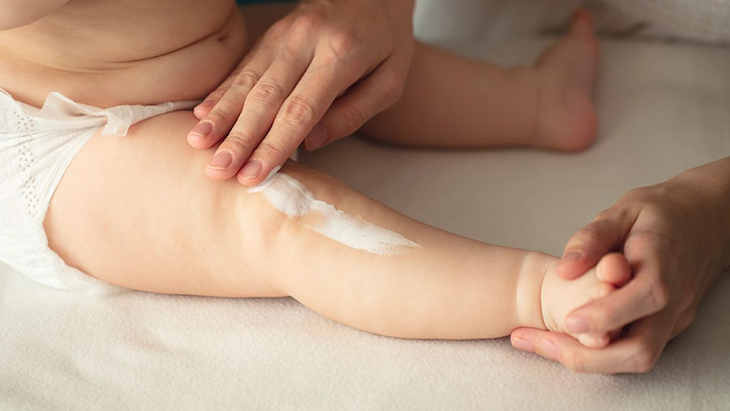
Can you use Sudocrem as nappy cream? Yes, you can use Sudocrem nappy cream to prevent and treat nappy rashes, as it was initially designed for that. The three properties work perfectly to form a protective barrier on babies’ skin. How can you use it? First, ensure the affected area is clean and dry, and then with clean and dry hands, place a tiny amount of Sudocrem on your finger. Massage the cream into your baby’s skin using a soft, circular motion, aiming to create a thin, translucent layer on the skin. It also works well for eczema, sunburns, dry skin, and other conditions.
Sudocrem for Acne and Acne Spots
Studies have shown that topical anti-acne creams were more effective if they contained zinc. When used alone, zinc oxide can be equally effective as erythromycin, tetracycline, or clindamycin to reduce severe acne.
Although there isn’t enough research to back up that topical zinc only can control acne, Sudocrem users have a different opinion. In a survey from acne.org, 93% of people who used Sudocrem to help relieve their acne symptoms said it was effective. Some of them have said that it helped calm breakouts and reduced the amount of time it takes for spots to heal. Others claimed less hyperpigmentation after the breakouts, as the spots were less inflamed and sore.
Experts say that this is thanks to the antiseptic properties of benzyl alcohol which can act as local anaesthesia. It may also dry out cystic acne and help to reduce dull pain and discomfort associated with breakouts and irritated, inflamed skin.
Sudocrem for Eczema
Having antibacterial and anti-inflammatory properties, Sudocrem can be a highly effective treatment for eczema and dry skin. Studies have shown that topical products that contain zinc do well in treating these skin conditions and rosacea.
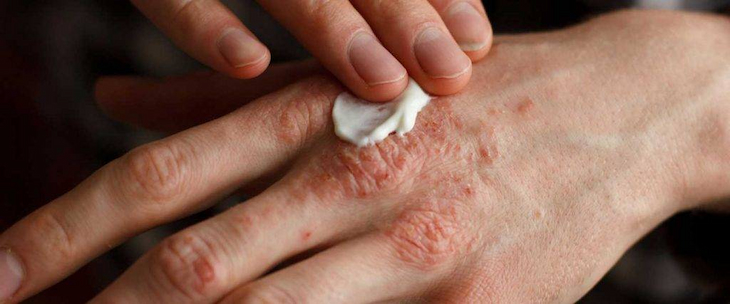
Other Creative Uses
The fact that Sudocrem creates a protective barrier on the skin makes this emollient perfect for preventing any skin conditions in our everyday lives. A man needs to get a little creative. These are some of the most creative uses we could think of.
- Chaffing
- Sunburns
- Rashes from insect bites
- Plucking and waxing
- Protective face barrier from hair dye
- Chilblains
- Molluscum
- Scars, cuts and burns
What else would you add to the list?

